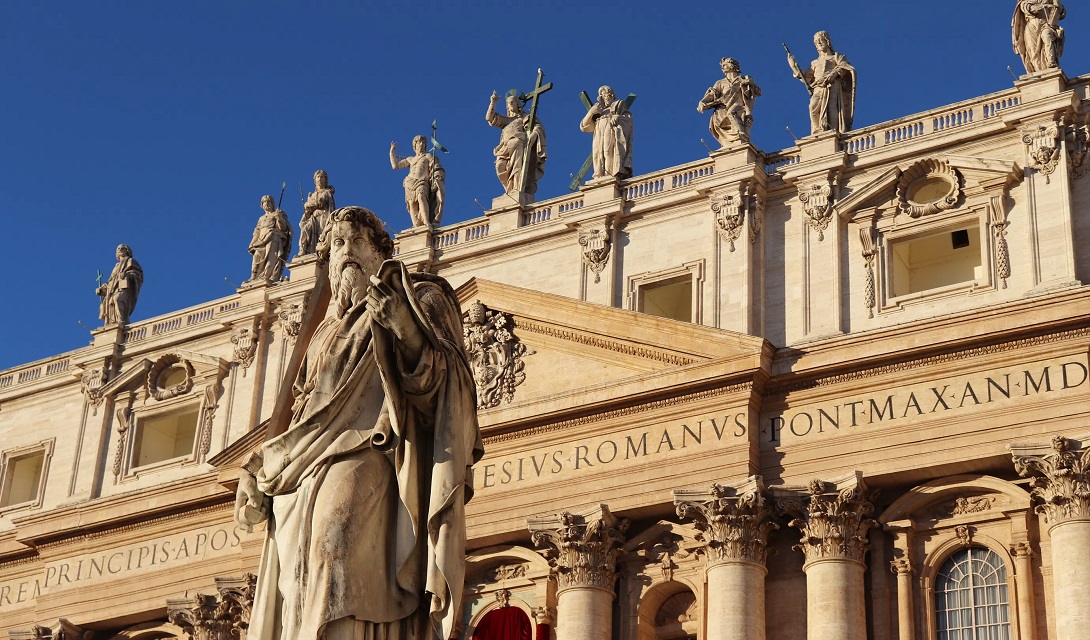Rome, the ancient and eternal city, stands as a living testament to the richness of human history and civilization. For centuries, this Italian capital has been a melting pot of art, culture, and politics, leaving behind a plethora of historical landmarks that continue to captivate visitors from around the globe. In this comprehensive guide, we will delve into the top 10 historical places to visit in Rome, uncovering their fascinating stories and significance in shaping the city’s identity.
Table of Contents
Colosseum Rome
The Colosseum, also known as the Flavian Amphitheatre, is a timeless symbol of ancient Roman engineering and entertainment. Colosseum Rome was built between 70-80 AD and hosted exciting gladiatorial contests, wild animal hunts, and other thrilling shows that attracted huge crowds. The Colosseum’s grandeur is simply breathtaking, and you can get Colosseum Rome tickets to experience this UNESCO World Heritage site and travel back to the glorious days of the Roman Empire. It’s an amazing opportunity to explore the fascinating history of ancient Rome.
Vatican Museums
Located within Vatican City, the Vatican Museums are a real treasure trove of art and history. They house an amazing collection gathered by popes over many centuries, and you can get Vatican Museum tickets to see it all. Inside, you’ll find masterpieces by famous artists like Michelangelo, Raphael, and Leonardo da Vinci. The highlight of the Vatican Museum is the Sistine Chapel, which is decorated with Michelangelo’s breathtaking frescoes, including the famous “Creation of Adam.” Don’t miss the chance to explore this incredible place filled with artistic wonders and historical marvels.
Roman Forum
Once the bustling heart of ancient Rome, the Roman Forum served as the city’s political, religious, and commercial center. It was a site of important events, such as triumphal processions, elections, and public speeches. Today, visitors can wander through the ruins of temples, basilicas, and arches, witnessing the remnants of a bygone era that shaped Western civilization.
Pantheon
The Pantheon stands as a marvel of Roman architecture and engineering. Originally constructed as a temple to honor the gods, it was later converted into a Christian church. The Pantheon’s most striking feature is its massive dome with a central oculus, allowing sunlight to filter dramatically into the interior. Its impeccable design and engineering have inspired countless structures throughout history.
Palatine Hill
Overlooking the Roman Forum, Palatine Hill holds a legendary status as the mythical birthplace of Romulus and Remus, the founders of Rome. The hill later became the residence of emperors, and its ruins offer insight into the luxurious palaces that once adorned its slopes. The beautiful gardens and stunning views of ancient Rome make it a must-visit historical site.
Capitoline Hill & Museums
As one of the Seven Hills of Rome, Capitoline Hill was the spiritual and political center of ancient Rome. Today, it houses the Capitoline Museums, the world’s oldest public museum. The museums boast an extensive collection of classical sculptures, ancient artifacts, and Renaissance art. Among the notable pieces are the famous statue of Marcus Aurelius and the Capitoline Wolf.
Baths Of Caracalla
The Baths of Caracalla stand as a magnificent example of ancient Roman public baths, showcasing the grandeur of imperial Rome. Built during the reign of Emperor Caracalla in the 3rd century AD, these baths could accommodate up to 1,600 bathers at once. The vast ruins provide visitors with a glimpse into the opulent lifestyle of the ancient Romans and the scale of their architectural achievements.
Trevi Fountain
One of Rome’s most famous landmarks, the Trevi Fountain is a dazzling Baroque masterpiece. Completed in the 18th century, it depicts Neptune, the god of the sea, surrounded by tritons and sea creatures. Throwing a coin into the fountain has become a popular tradition, as legend has it that doing so ensures a return to Rome.
Appian Way
The Appian Way, also known as the “Queen of Roads,” is one of the earliest and most strategically important Roman roads. Stretching from Rome to the southern port of Brindisi, the road facilitated trade, communication, and military movements. Visitors can walk along parts of the well-preserved ancient road, passing by catacombs, tombs, and historical landmarks.
Palazzo Barberini
The Palazzo Barberini is a magnificent palace that now houses the National Gallery of Ancient Art. The gallery features an extensive collection of masterpieces from the Renaissance and Baroque periods, including works by Caravaggio, Raphael, and Titian. The palace itself is a work of art, with stunning frescoes and opulent decorations that transport visitors to the grandeur of a bygone era.



